|
Unrefined grains
|
|
|
Vegetarians who eat genmai as their staple food should, on principle, try to choose pesticide-free rice. If you really must eat white (polished) rice, then mix in some minor grains or eat half-polished rice (gobutsukimai), which leaves the germ intact.
|
| Fresh seasonable vegetables |
|
|
Let's try to eat seasonable vegetables that have been grown using organic fertilizers and in soil where the microbes do their work, and not with the use of chemical fertilizers and pesticides. Vegetables grown by the "natural farming" method are the best, aren't they?
|
| Beans and dried foods |
|
|
Beans are a valuable protein source for vegetarians, so let's try to eat good quality beans. Dried foods are preserved foods that have a high nutritional value. If you can get natural sun-dried foods, you can make dishes that taste of the sun.
|
| Seaweed |
|
|
There are many different kinds of seaweeds used for food in Japan and other countries, both fresh and dried. Let's try to avoid those that have had chemical flavourings added to them (the labels usually say "amino acids" and so on).
|
| Fungi and wild mountain vegetables |
|
|
There are many kinds of fungi used as food, both fresh and dried. We should eat these often as they are very good for improving immunity. Wild mountain vegetables help to discharge the toxins that build up in the body over the winter, so it's a good idea to eat these once a year and feel the detox effect they give.
|
| Fresh seasonable fruits |
 |
Fruits are a treasure chest of vitamin C. Let's try to avoid tropical fruits and those grown with pesticides, and eat fresh local fruit. |
| Seeds and nuts |
 |
Please try to choose good quality organic nuts, as imported nuts may well have had disinfectants (fumigants), insecticides, fungicides and so on used on them. |
| Dried fruits |
 |
Although not very well known in Japan, dried fruits are full of natural sweetness as well as being high in fibre content and having a high nutritional value. Perfect for snacks and confectionery. |
| Flavourings and seasonings |
 |
We're all putting a little of these into our bodies every day, so your body condition will depend to some extent on the flavourings and seasonings you are eating. Vegetarian cuisine places a high priority on the use of (having present in your kitchen) good quality flavourings and seasonings. |
| Herbs and spices |
 |
The judicial use of herbs and spices with medicinal properties expands the merit of vegetarian cuisine. However, they may have quite strong effects on the body, so it is important to use only small amounts, e.g. as hidden flavours. |
| Pickled vegetables |
![Dried plums (umeboshi), pickled daikon (takuan), nukazuke (a type of Japanese pickle, made by fermenting vegetables in rice bran [nuka]), etc.](../images/c_imgs11.jpg) |
Pickled vegetables (tsukemono) are the ultimate raw food (namashoku). Rich in calcium and iron and vitamins and edible fibre, vegetables are made into a delicious food through the work of enzymes. Especially nukazuke should be eaten regularly for the intestinal health and cancer suppression from the many beneficial bacteria that are taken into the intestines with this food. |
| Beverages |
 |
Good quality natural water, soy milk or rice milk instead of cow's milk, grain coffee (which warms the body rather than cooling it like coffee), 100% fruit juices rather than drinks containing lots of sugar and glucose, Japanese teas, herb teas, and so on are recommended as beverages. |


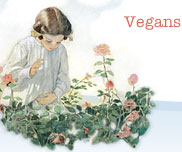









![Vegetarian Recipes [Japanese]](../images/contents01_a.gif)

![Vegetarian Recipes [Chinese]](../images/contents01_b.gif)

![Vegetarian Recipes [European ,etc]](../images/contents01_c.gif)

![Vegetarian Recipes [Sweets]](../images/contents01_d.gif)























![Vegetus Shop [Japanese]](../images/vegetesu_shop.jpg)

![Wakyo Co.,Ltd. [Japanese]](../images/wakyo.jpg)

![Vegetarian Therapy [Japanese]](../images/vegeterian_therapy.jpg)

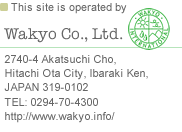













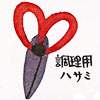








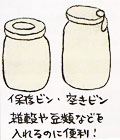
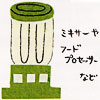
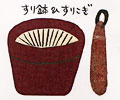











![Dried plums (umeboshi), pickled daikon (takuan), nukazuke (a type of Japanese pickle, made by fermenting vegetables in rice bran [nuka]), etc.](../images/c_imgs11.jpg)
